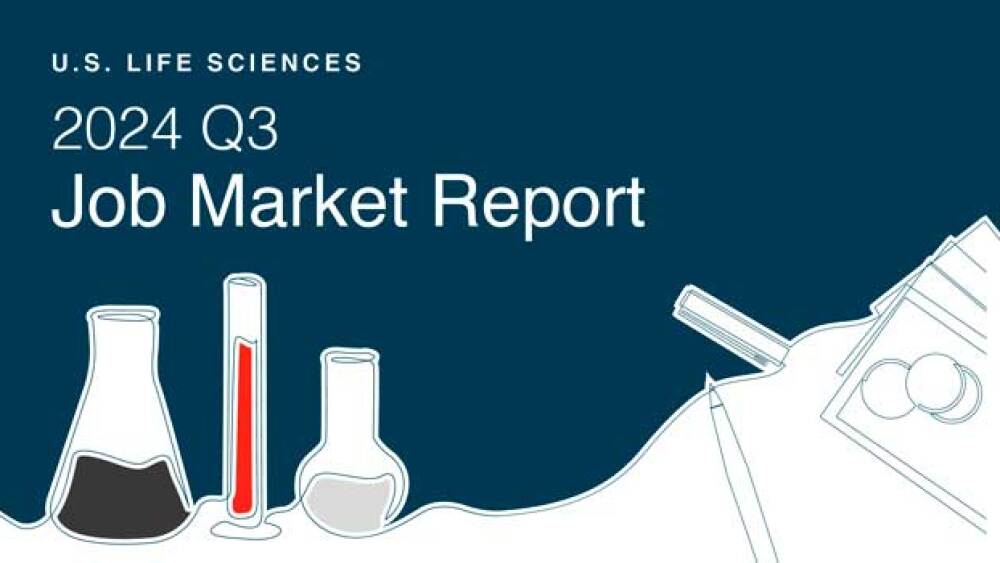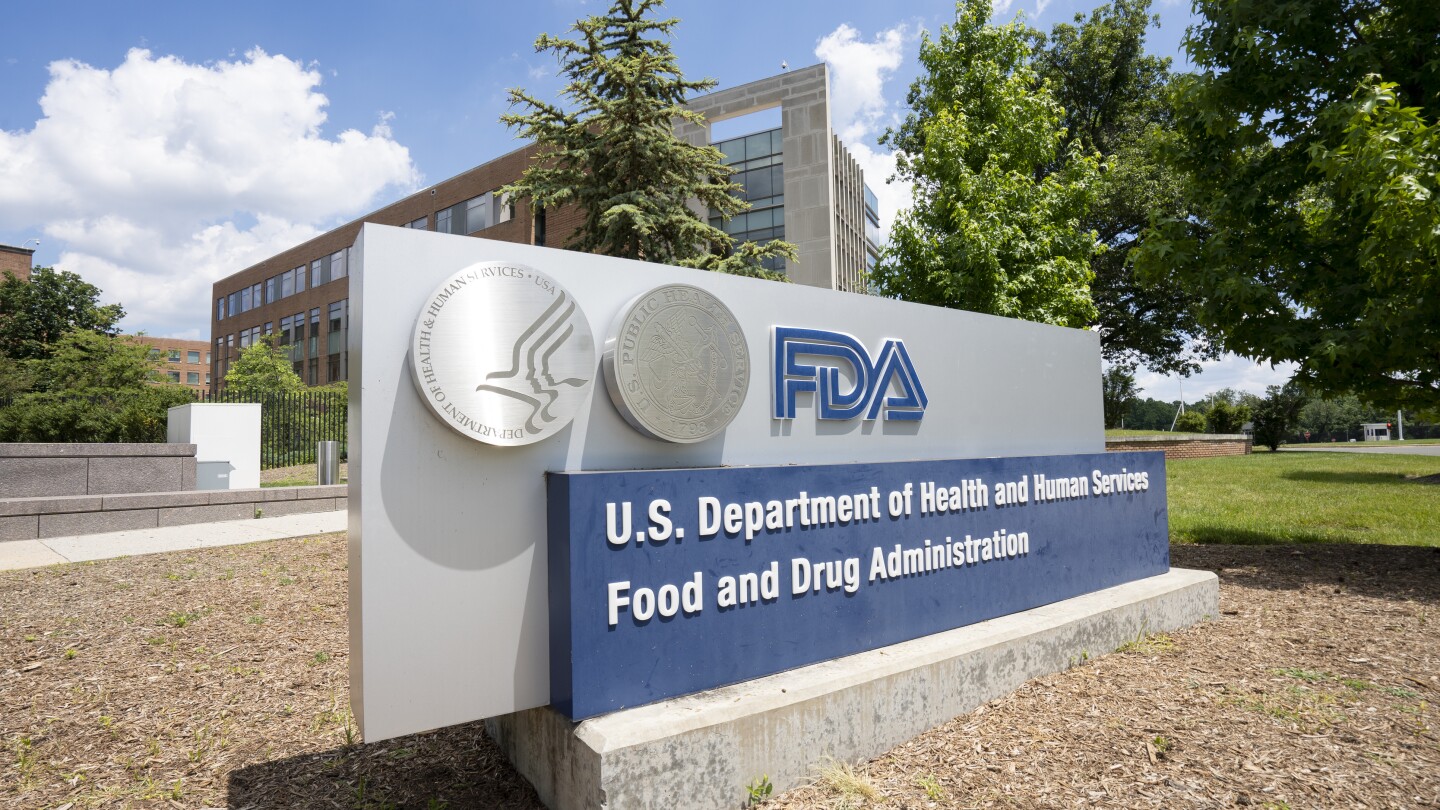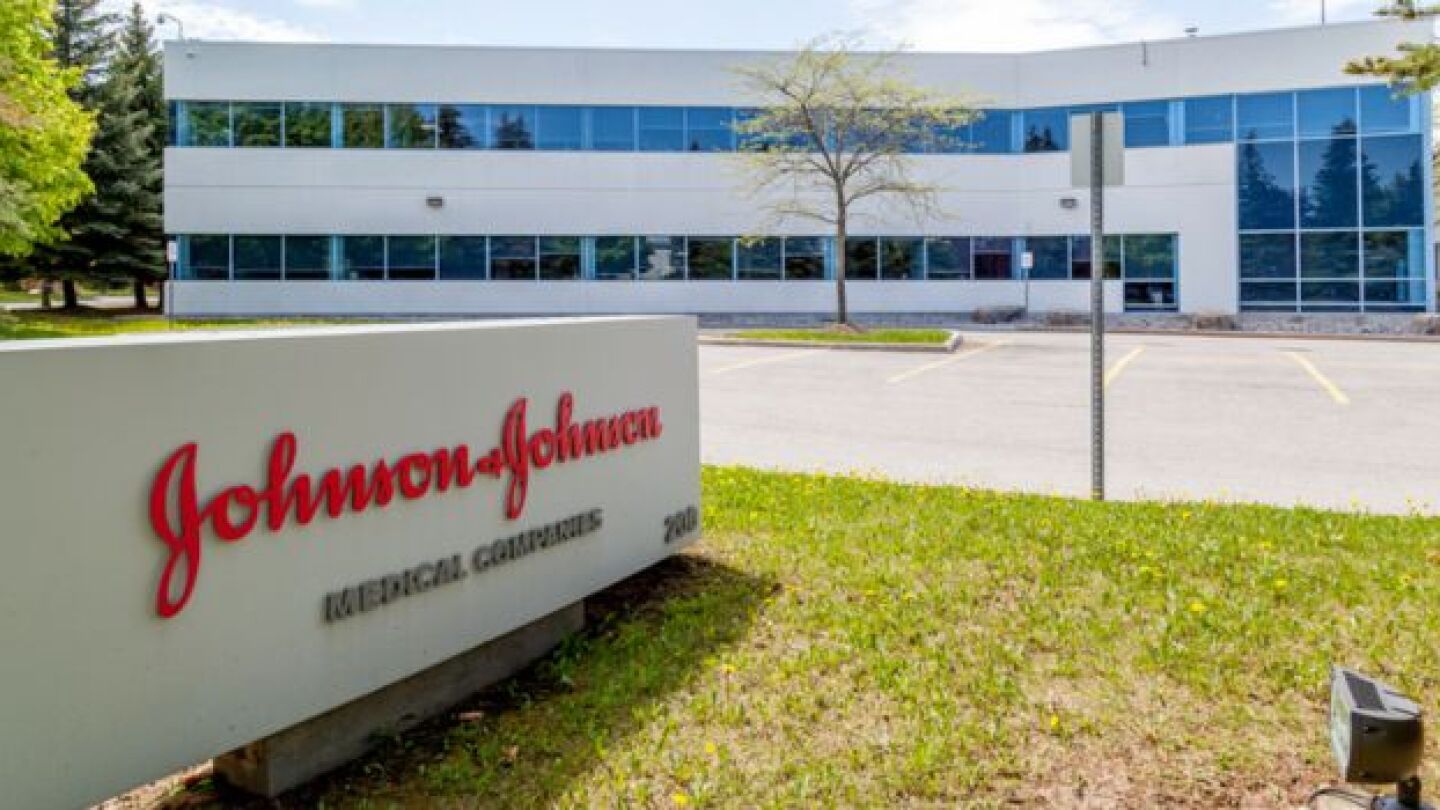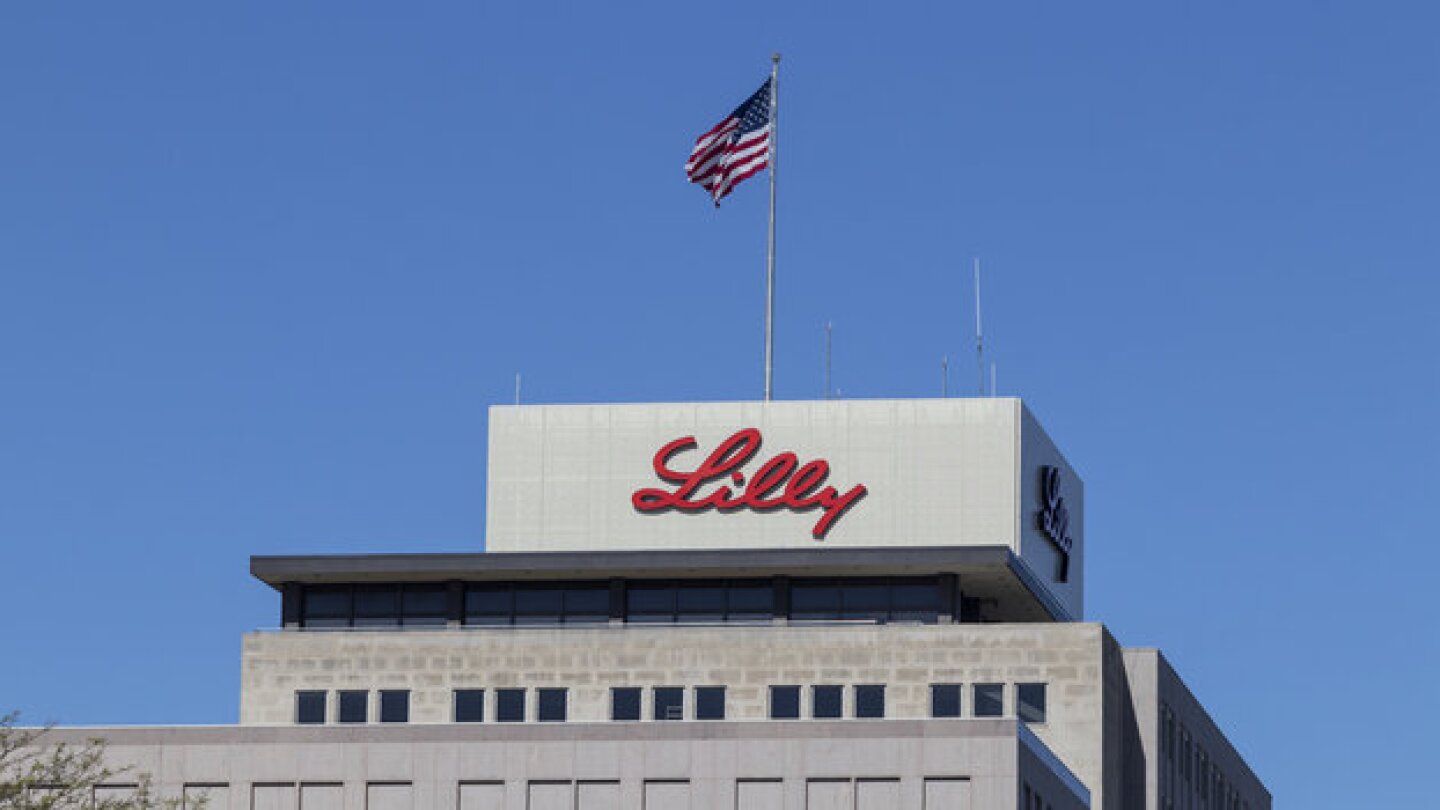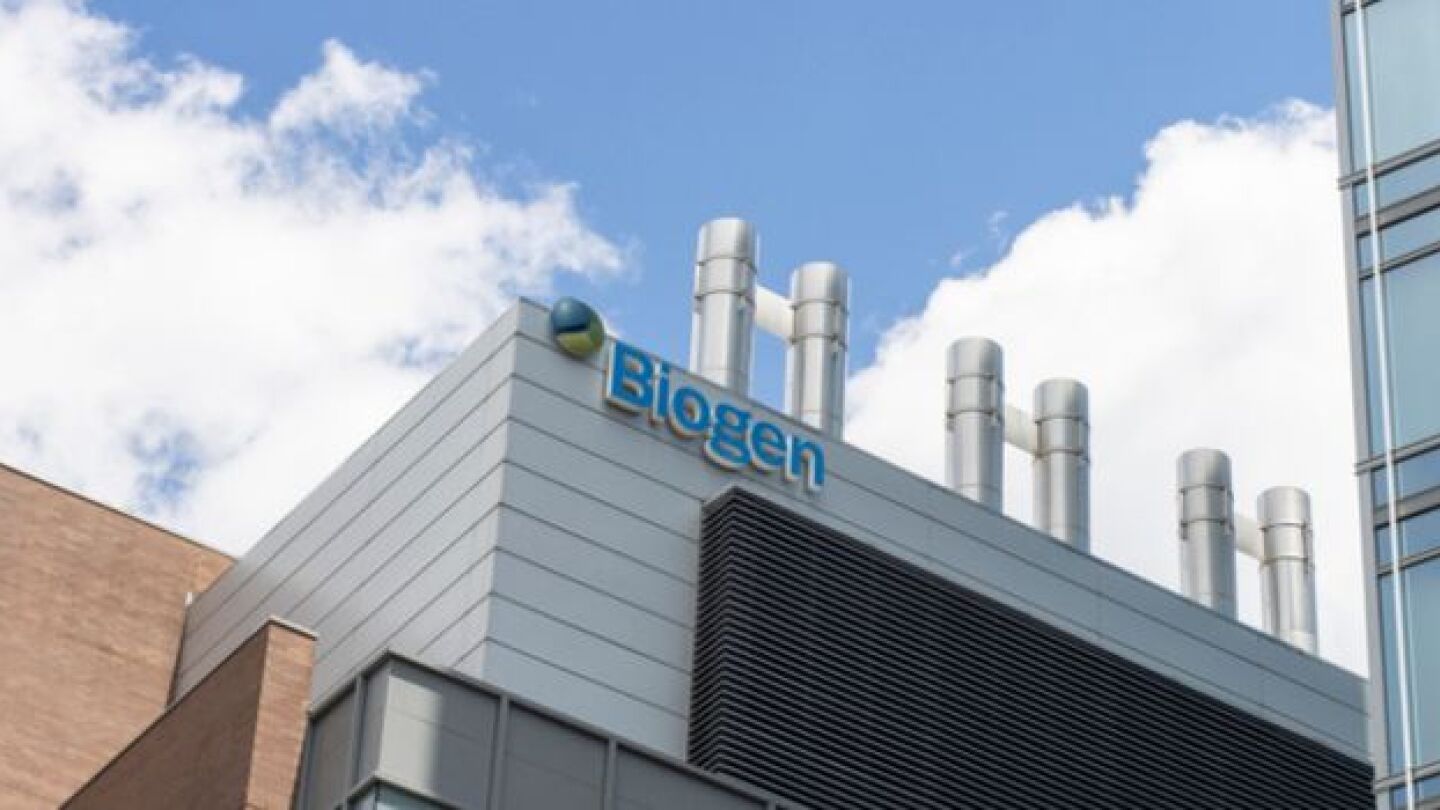News
Regulatory documents show how 89bio’s board pushed Roche hard for a deal valued at $20 per share in upfront and milestone payments.
FEATURED STORIES
The FDA has vowed to fix a pharma ad loophole—but they’re targeting the wrong one.
The patient-specific nature of autologous cell therapies presents unique challenges that can best be addressed by a middle path between on-site and centralized manufacturing.
Some observers see risks to becoming over-reliant on local facilities, noting the potential need for trade partners if domestic production is disrupted.
Job Trends
Following two layoffs in less than three months, Viracta Therapeutics may have around 18 employees left to advance its efforts to bring lead product candidate nana-val to market.
FROM OUR EDITORS
Read our takes on the biggest stories happening in the industry.
The Federal Trade Commission criticized the business practices of pharmacy benefit managers this week, but drugmakers are also at fault for the high costs of medicines.
THE LATEST
The decision to stop the Phase IIb study was driven by “strategic business reasons,” according to a federal clinical trials database.
Three draft recommendation documents published on Wednesday are intended to guide drug sponsors and accelerate the development of cell and gene therapies.
While Harmony management has not disclosed future plans for ZYN002, Jefferies analysts expect the asset to be shelved.
Talent acquisition leaders at leading pharma and biotech organizations are leveraging technologies, including automation, to develop internal talent marketplaces and systems that support upskilling and reskilling their workforce. BioSpace spoke to leaders at Pfizer and Bayer about their evolving approach to resourcing.
Acadia Pharmaceuticals was testing the drug, an intranasal formulation of the oxytocin analogue carbetocin, for its potential to ease hyperphagia in the rare neurological condition.
Sanofi Ventures, which now has $1.4 billion in total assets, will focus its investment efforts on early players working in immunology, rare diseases, neurology and vaccines.
If approved, uniQure’s gene therapy AMT-130—which slowed disease progression by 75%—would be the first genetic treatment for Huntington’s disease. A BLA submission is planned for the first quarter of 2026.
The issues the regulator found include the failure to comprehensively review complaints and product defects.
Lilly expects to open 615 high-wage roles in Texas in connection with its new facility, plus around 4,000 construction roles.
The regulatory action marks the second rejection for a spinal muscular atrophy therapy this week after Scholar Rock’s apitegromab was issued a complete response letter on Tuesday, similarly on manufacturing grounds.








